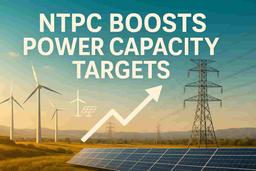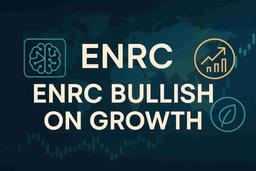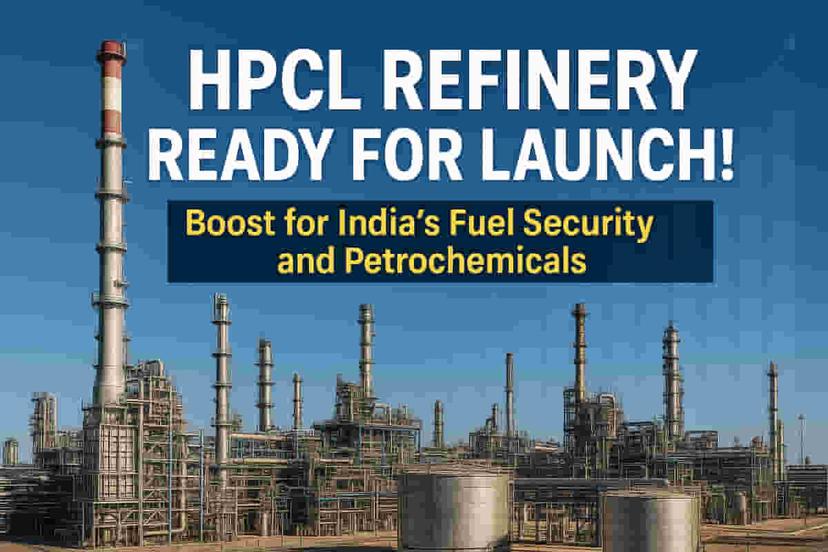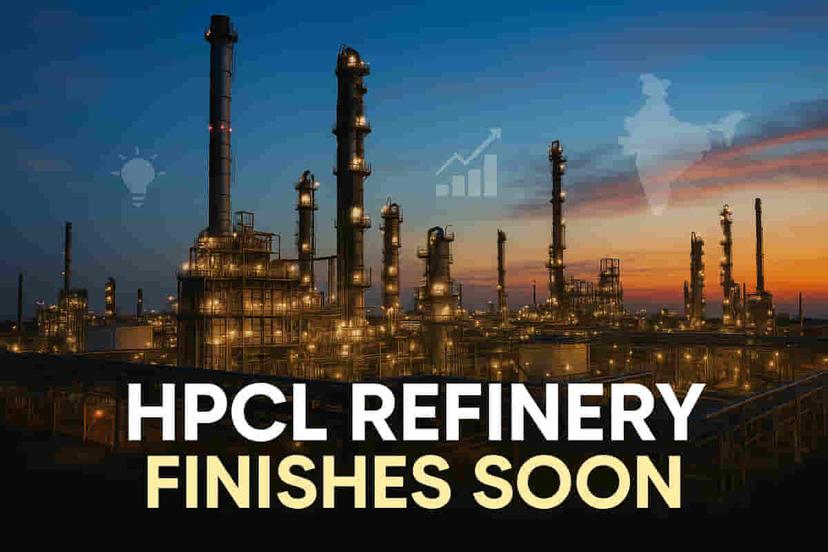India's Renewable Energy Push: COP30 Insights and Challenges Ahead for 500 GW Target
Renewables
|
Updated on 09 Nov 2025, 06:20 pm
Reviewed By
Satyam Jha | Whalesbook News Team
Short Description:

▶
Stocks Mentioned:
Detailed Coverage:
The upcoming UN Climate Change Conference (COP30) in Belém, Brazil, coincides with renewed hope among Indian power company executives regarding the nation's ambitious target of achieving 500 GW of non-fossil fuel energy capacity by 2030. India has already established 256 GW of such capacity, with recent annual additions showing a strong upward trend, reaching 30 GW last year and projected to hit 40 GW this year. However, sector experts emphasize the need for an accelerated pace, suggesting an average annual addition of at least 50 GW until 2030. Praveer Sinha, Managing Director and CEO of Tata Power, noted the rapid growth, stating that capacity additions have surged from 5 GW per year between 2010-2030 to 12-13 GW between 2020-24, and now 30 GW last year.\n\nTata Power itself aims to expand its green energy portfolio to 33 GW by 2030. Vaishali Nigam Sinha of ReNew highlighted that India has already met 51% of its installed power capacity from non-fossil fuels and reduced emission intensity by 36%, ahead of many global peers. The government's issuance of a record 73 GW in renewable tenders in 2024 underscores its commitment to accelerating deployment.\n\nExperts like Anujesh Dwivedi from Deloitte point to government efforts in procuring renewable power through innovative mechanisms like Firm and Dispatchable Renewable Energy (FDRE), integrating storage systems. Initiatives such as Viability Gap Funding (VGF) for Battery Energy Storage Systems (BESS) and the National Green Hydrogen Mission are expected to bolster progress. However, significant challenges persist. Rahul Raizada of PwC India stated that while the 500 GW target is achievable, the scale of execution requires a system-level readiness involving synchronized land acquisition, transmission build-out, energy storage deployment, and market mechanisms. Delays in PPAs, permitting, and supply chain bottlenecks for critical components like batteries and inverters are major hurdles.\n\nImpact\nThis news is highly relevant for investors in the energy and infrastructure sectors. Government targets and expert consensus on progress and challenges shape investment decisions, policy focus, and company strategies in renewable energy, power generation, transmission, and energy storage. The pace of execution and resolution of infrastructure bottlenecks will directly influence stock performance of companies involved. Rating: 8/10.\n\nDifficult Terms:\nCOP30: The 30th session of the Conference of the Parties to the UNFCCC, a major global summit on climate change.\nGW (Gigawatt): A unit of power equivalent to one billion watts, used to measure large-scale electricity generation capacity.\nNon-fossil fuel energy capacity: Electricity generation from sources like solar, wind, hydro, and nuclear power that do not burn fossil fuels.\nPower Purchase Agreement (PPA): A long-term contract between an electricity producer and a buyer that guarantees the sale and purchase of electricity at a fixed price.\nTransmission capacity: The maximum amount of electrical power that can be transmitted over power lines.\nRenewable energy: Energy derived from natural sources that are replenished at a higher rate than they are consumed, such as solar and wind.\nViability Gap Funding (VGF): A grant provided by the government to make economically unviable but socially or environmentally important projects financially feasible.\nBattery Energy Storage Systems (BESS): Systems that store electrical energy in batteries to be discharged when needed, helping to stabilize the grid and integrate intermittent renewable sources.\nNational Green Hydrogen Mission: A government initiative to promote the production and use of green hydrogen as a clean energy source.\nFirm and Dispatchable Renewable Energy (FDRE): Renewable energy that can be reliably supplied when needed, often achieved by combining renewable generation with energy storage.\nSystem-level readiness: Ensuring that all components of the energy system—generation, transmission, storage, and markets—are coordinated and prepared for new capacities.\nSupply chain bottlenecks: Disruptions or limitations in the flow of raw materials, components, or finished goods required for manufacturing and deployment.
Energy Sector

HPCL Rajasthan Refinery Project Nears Completion Next Month

Airbus pitches for Sustainable Aviation Fuel programs to be included under India's CSR framework.

NTPC Elevates 2032 Capacity Target to 149 GW, Aims for 244 GW by 2037

Energy, Natural Resources & Chemicals CEOs Optimistic, Prioritizing AI, Talent, and Sustainability

HPCL Rajasthan Refinery Project Set to Complete Next Month

HPCL Rajasthan Refinery Project Nears Completion Next Month

Airbus pitches for Sustainable Aviation Fuel programs to be included under India's CSR framework.

NTPC Elevates 2032 Capacity Target to 149 GW, Aims for 244 GW by 2037

Energy, Natural Resources & Chemicals CEOs Optimistic, Prioritizing AI, Talent, and Sustainability

HPCL Rajasthan Refinery Project Set to Complete Next Month
Mutual Funds Sector

India's Mutual Fund Equity Assets Hit Record Rs 50 Lakh Crore Milestone

Nippon India Mutual Fund Boosts Brand Visibility Through Innovative Marketing and Investor Outreach

Gold Mutual Funds: A Simple Route to Gold Investment for Safety and Diversification

India's Mutual Fund Equity Assets Hit Record Rs 50 Lakh Crore Milestone

Nippon India Mutual Fund Boosts Brand Visibility Through Innovative Marketing and Investor Outreach
